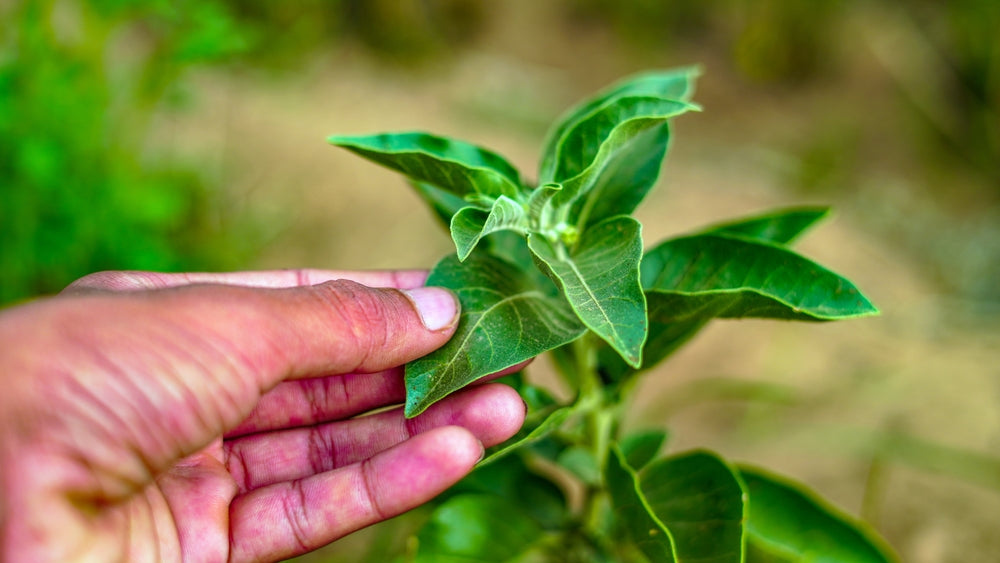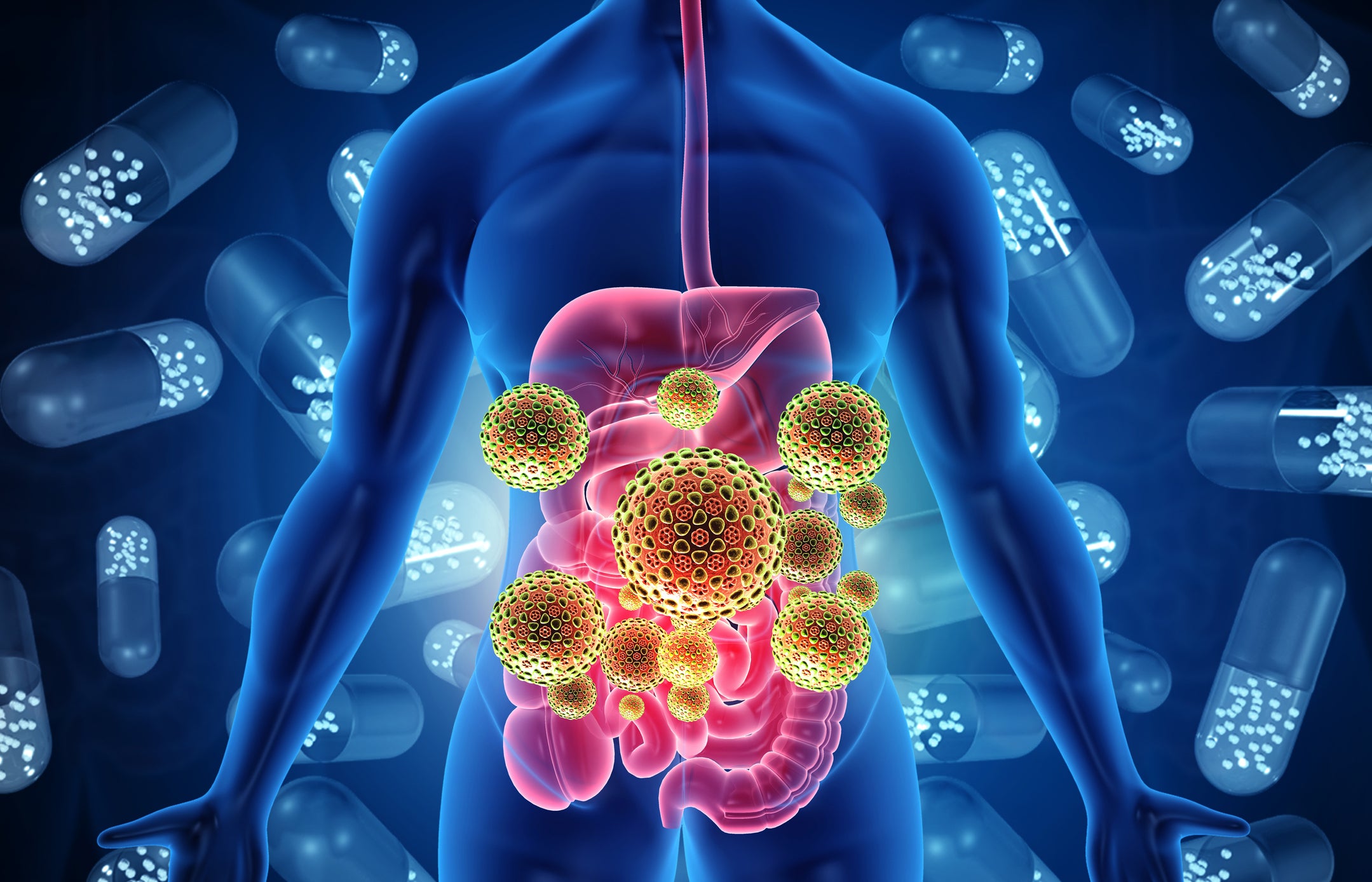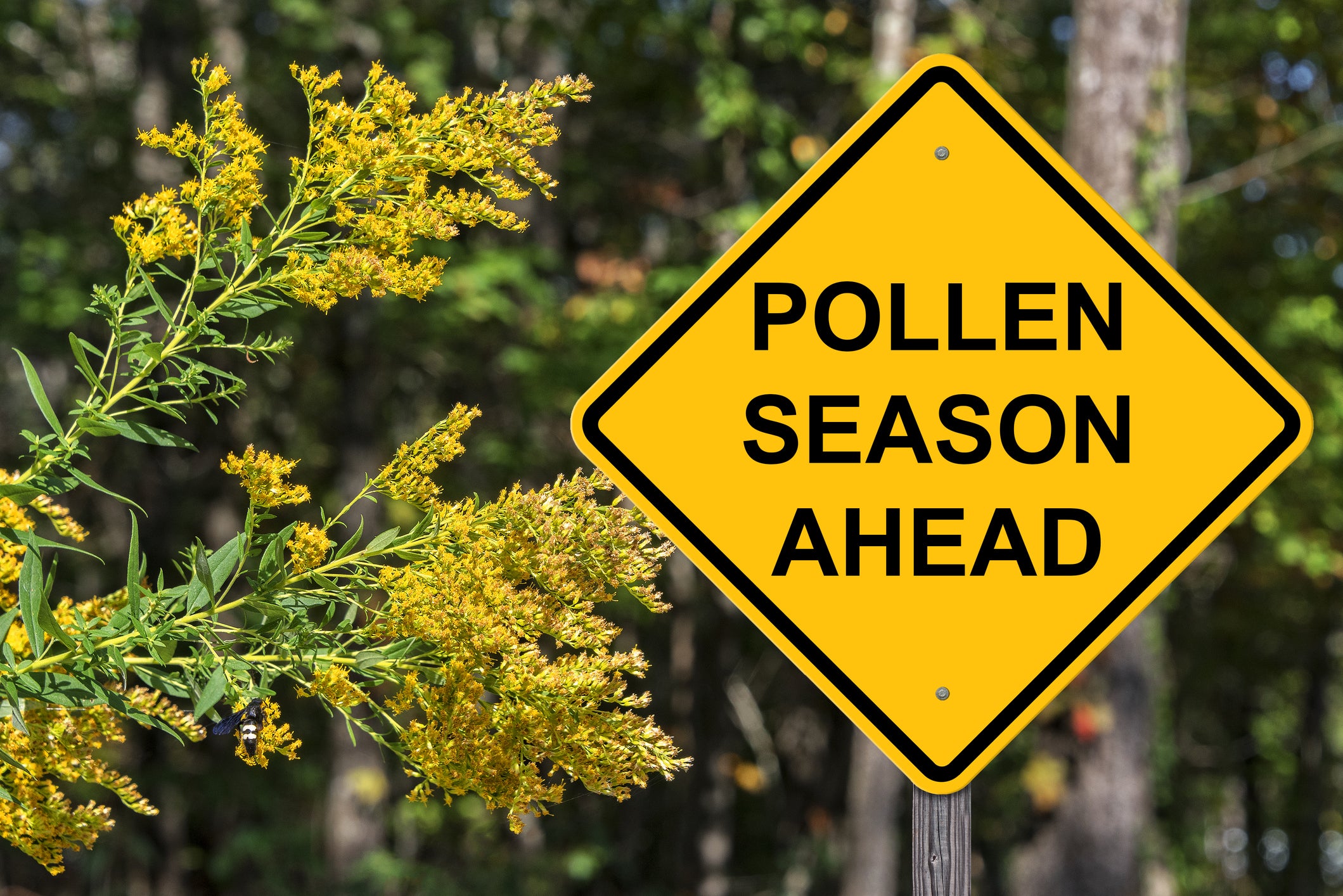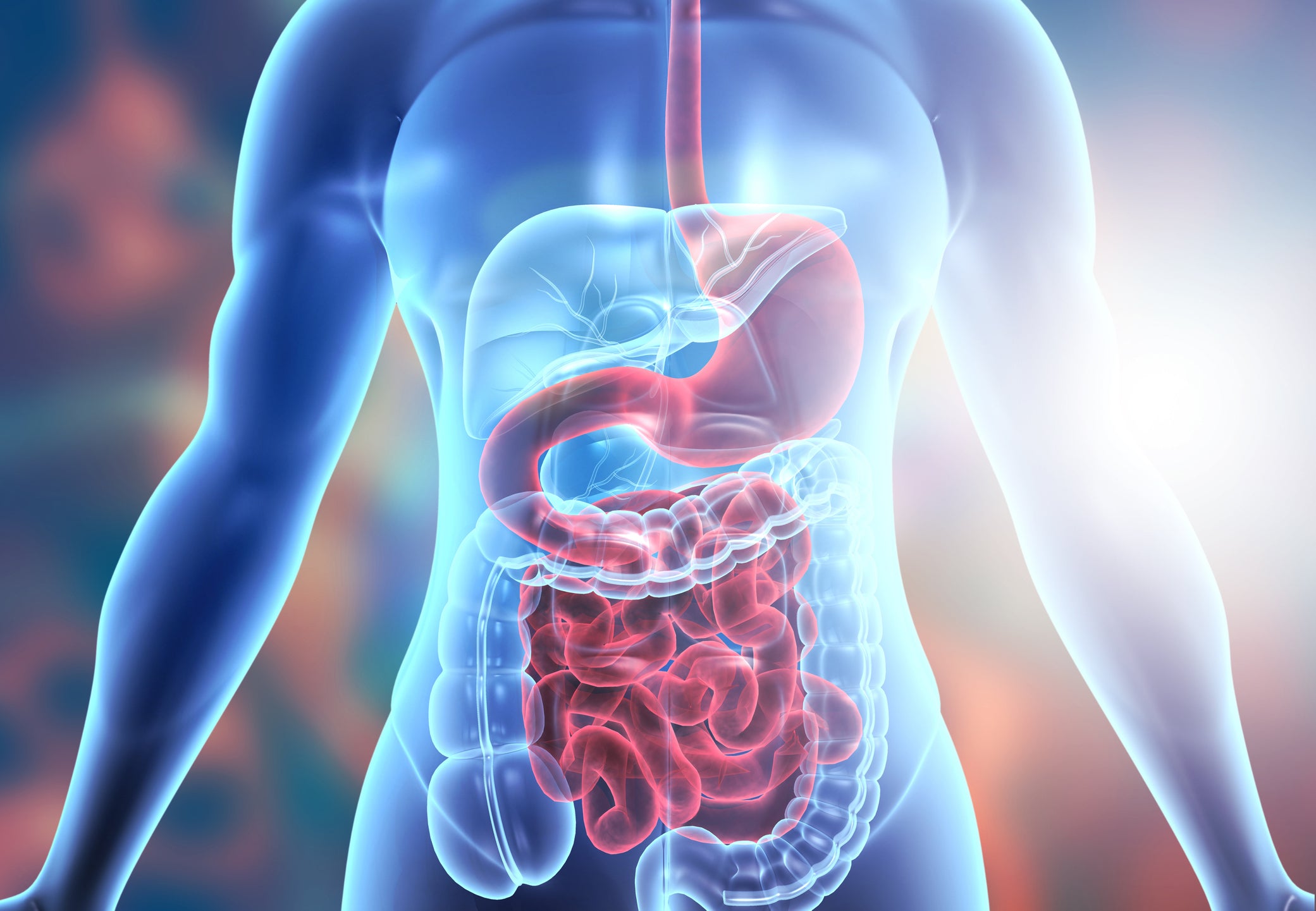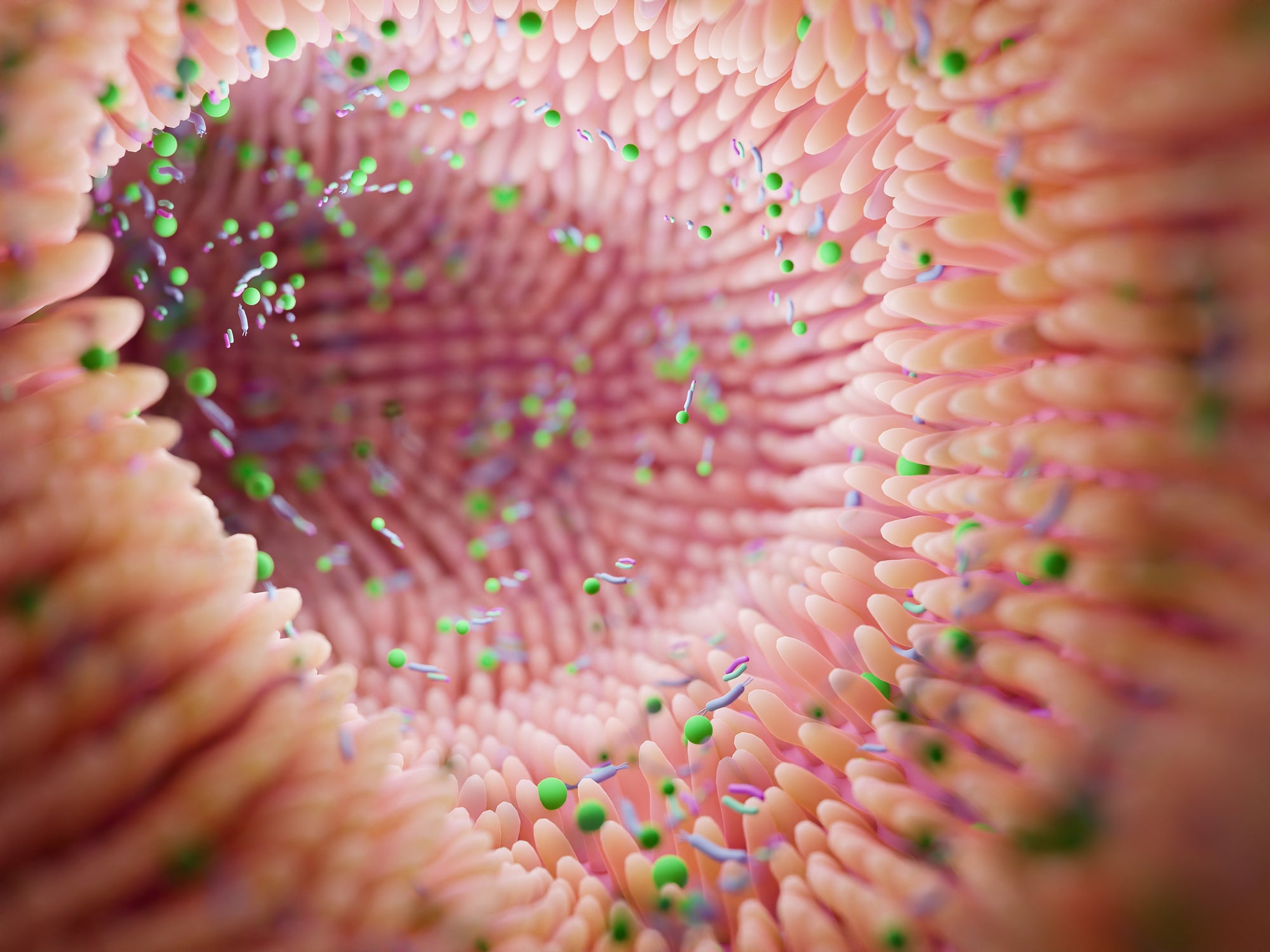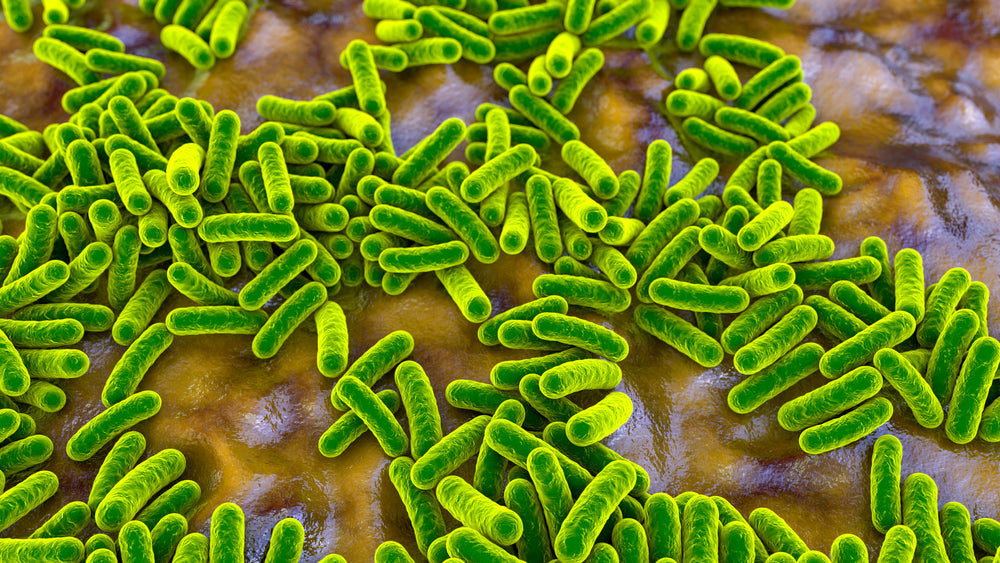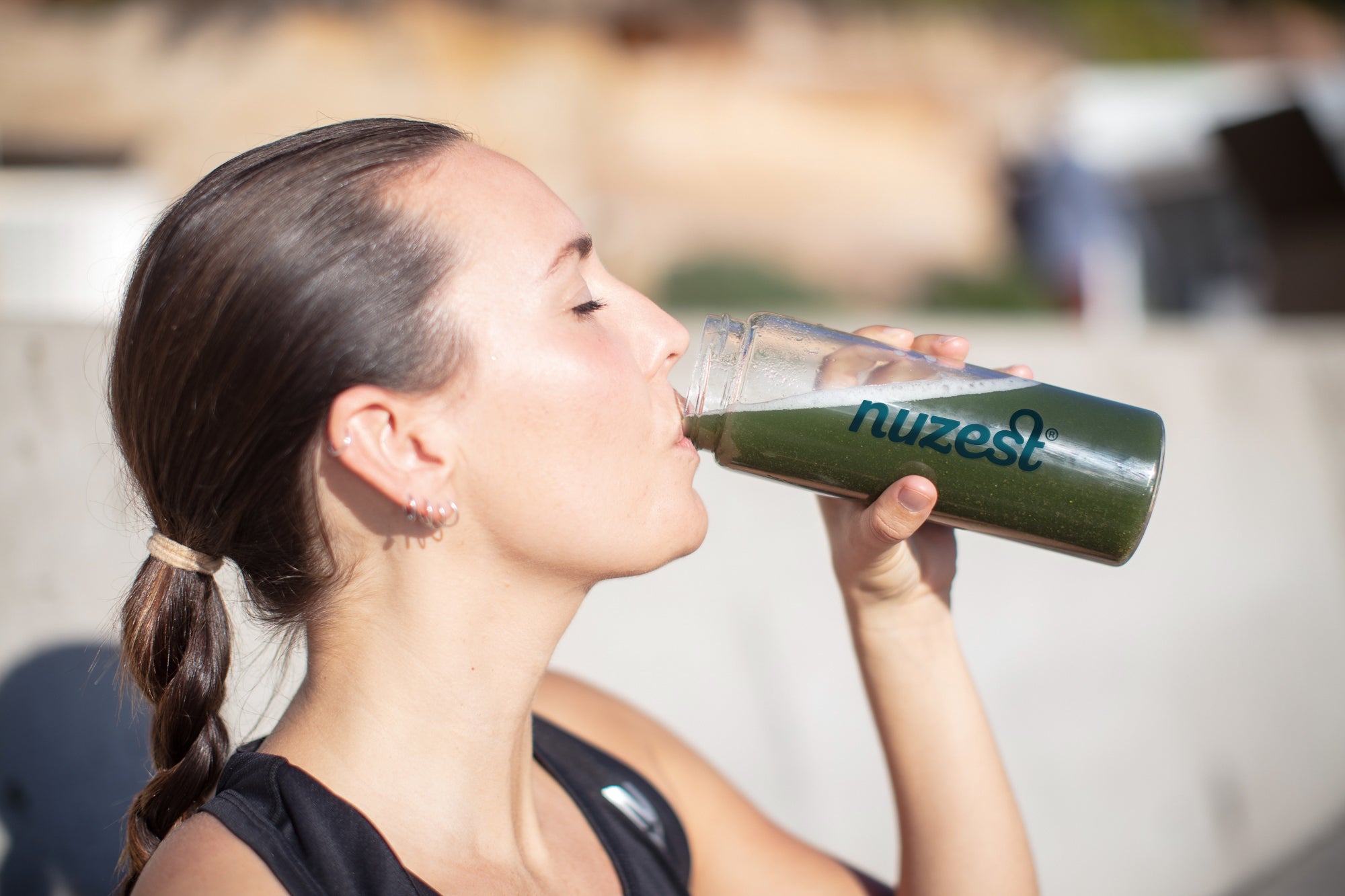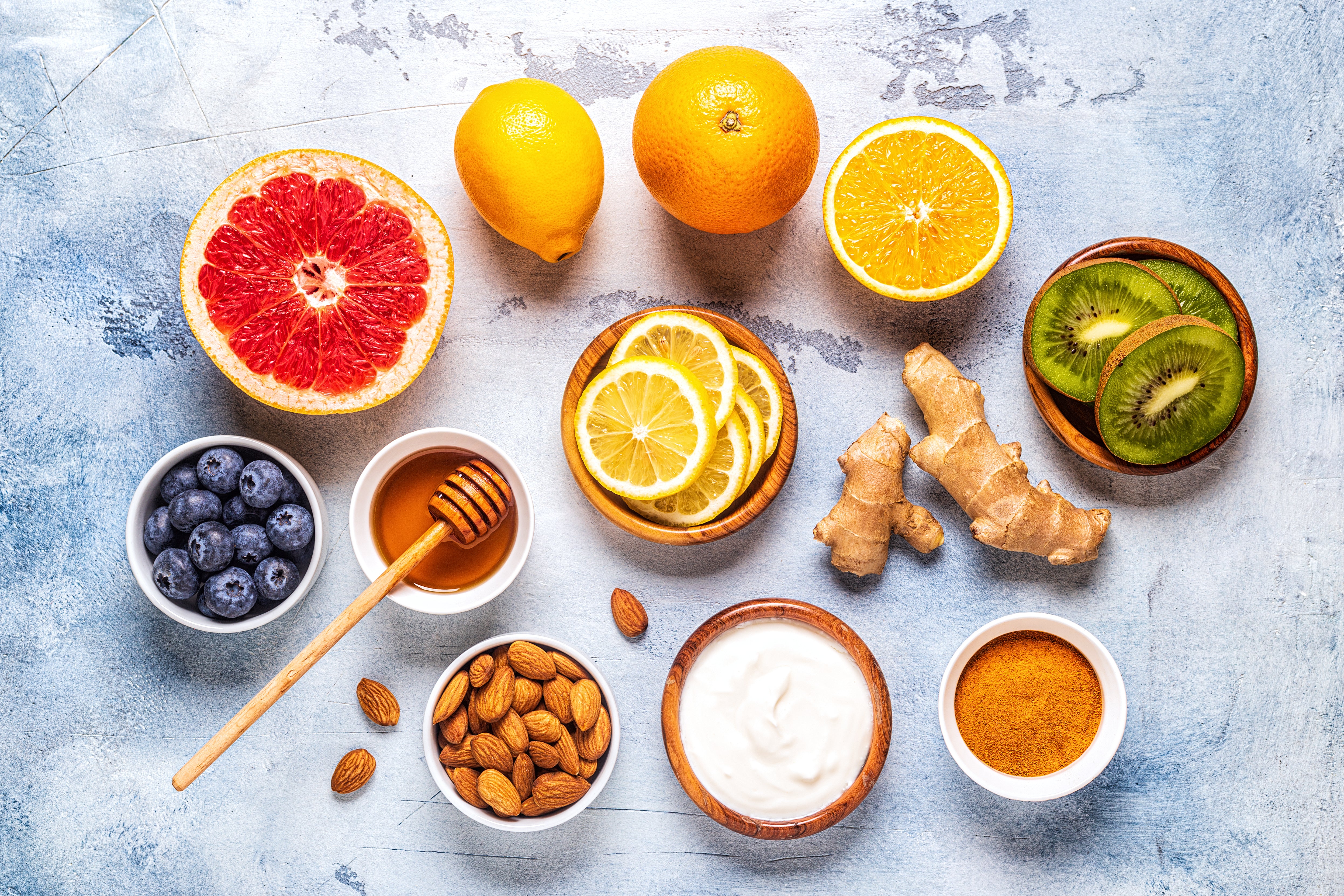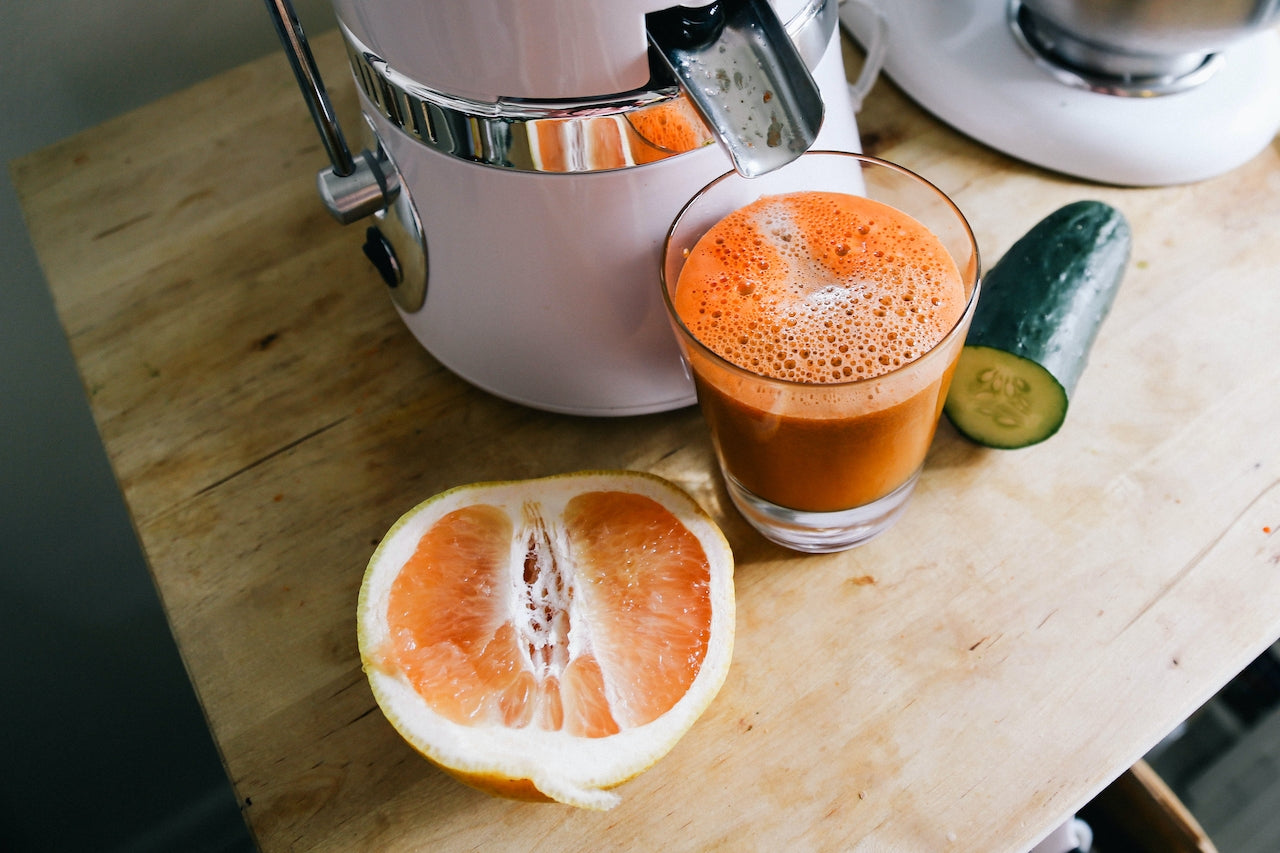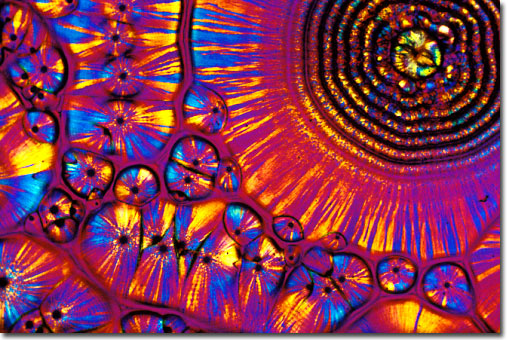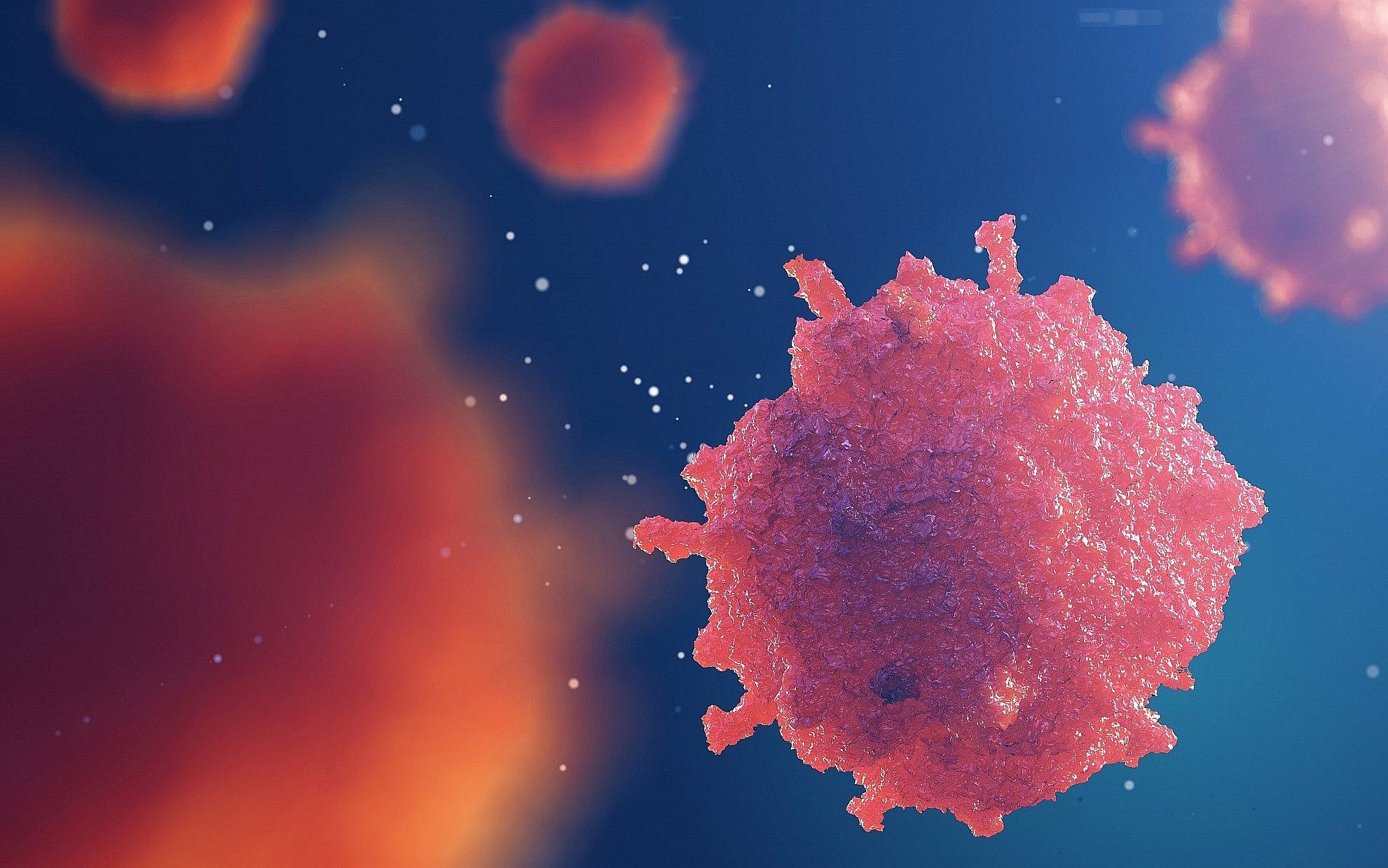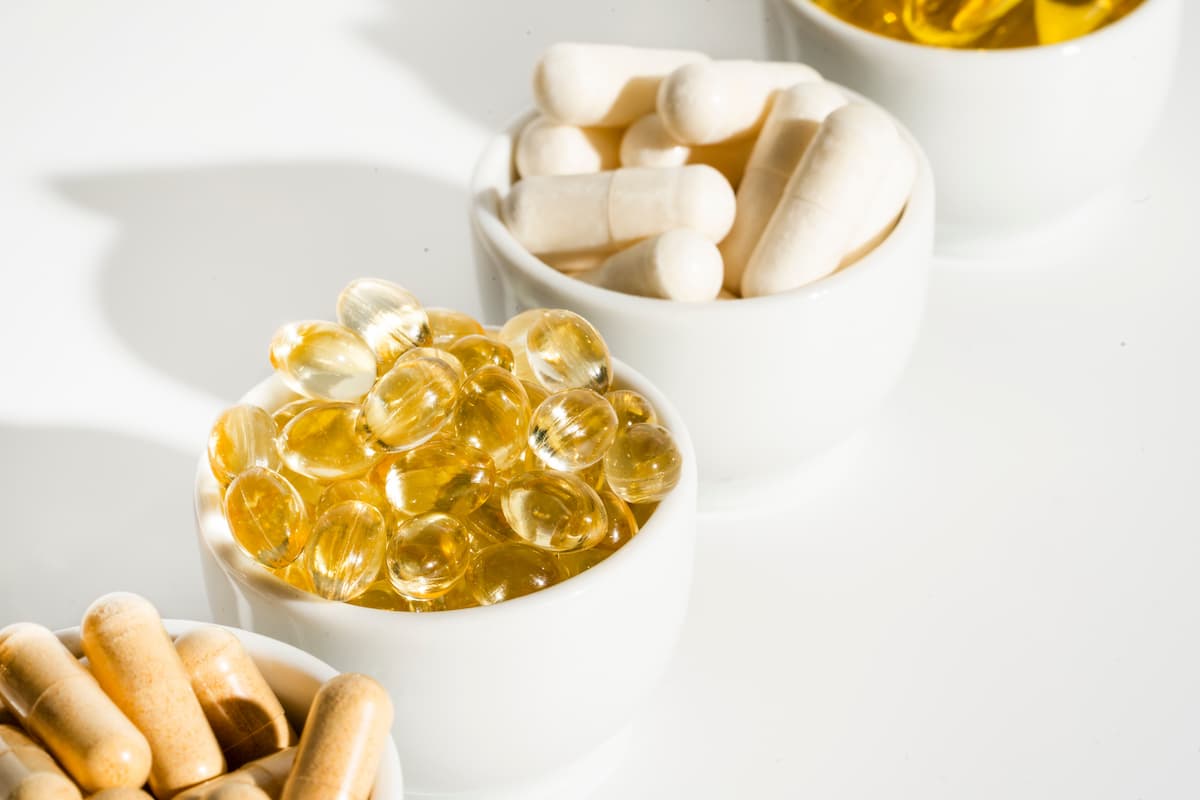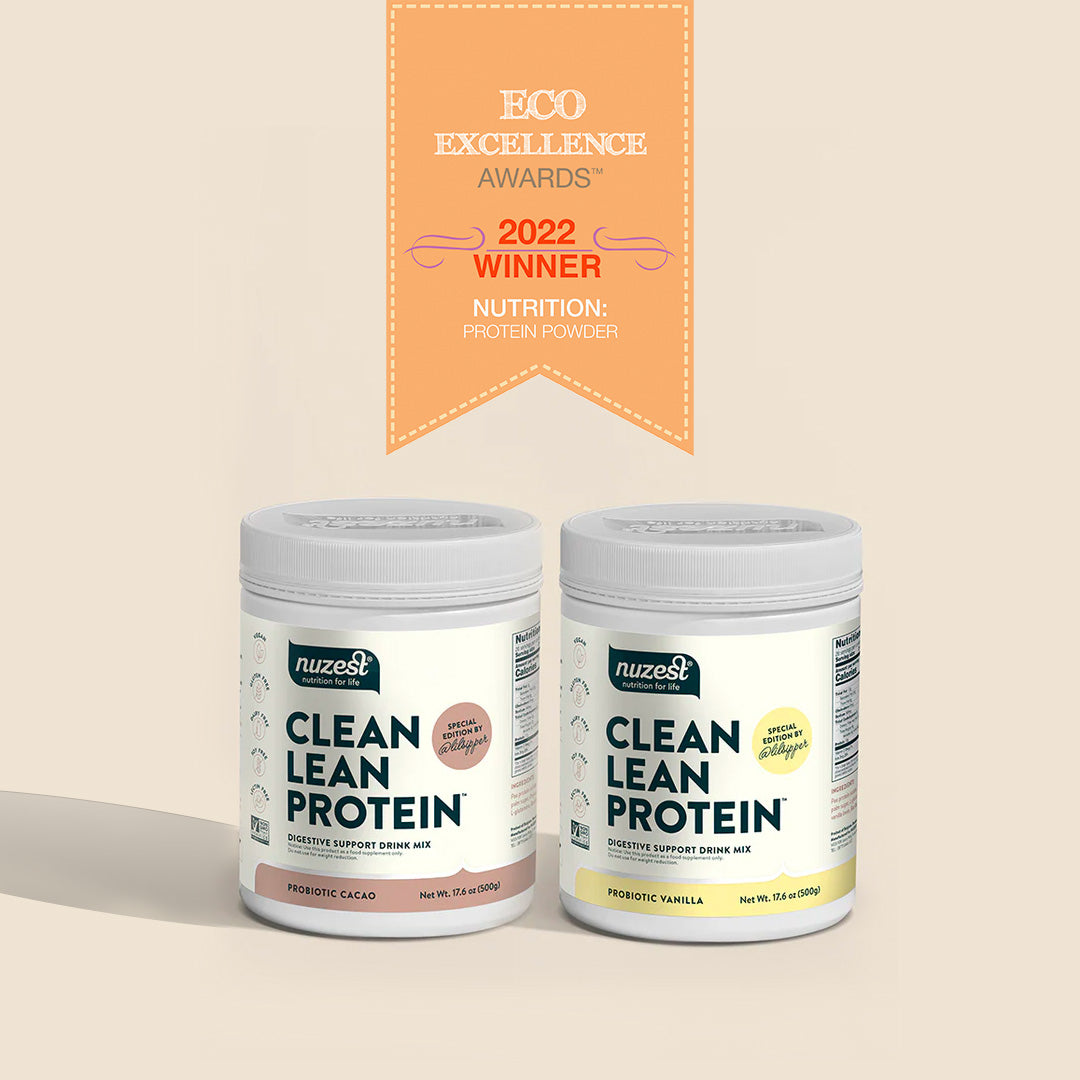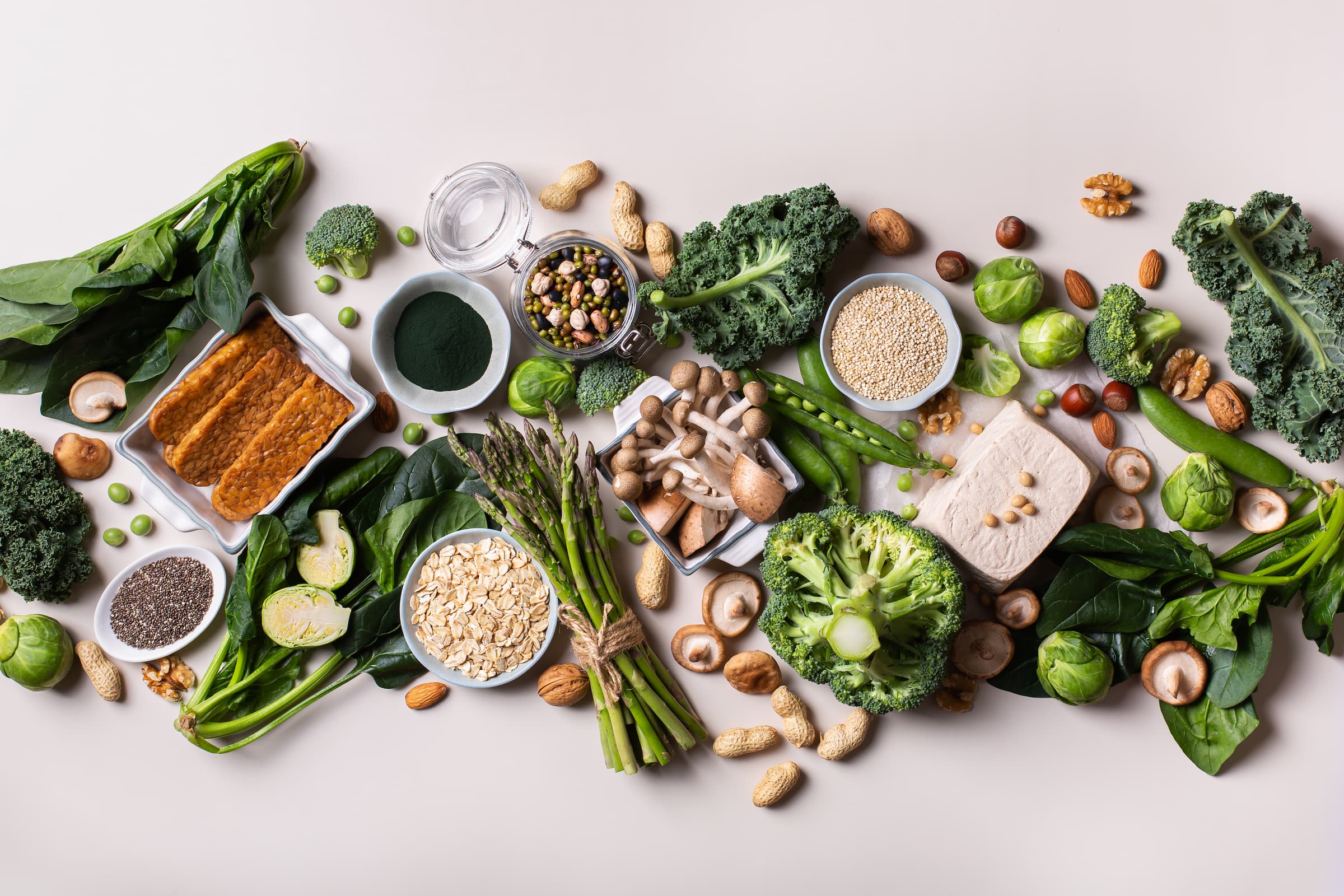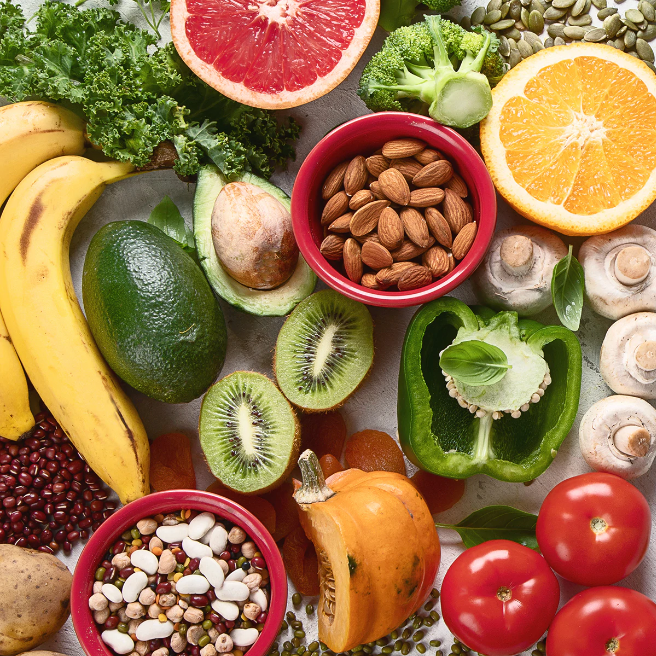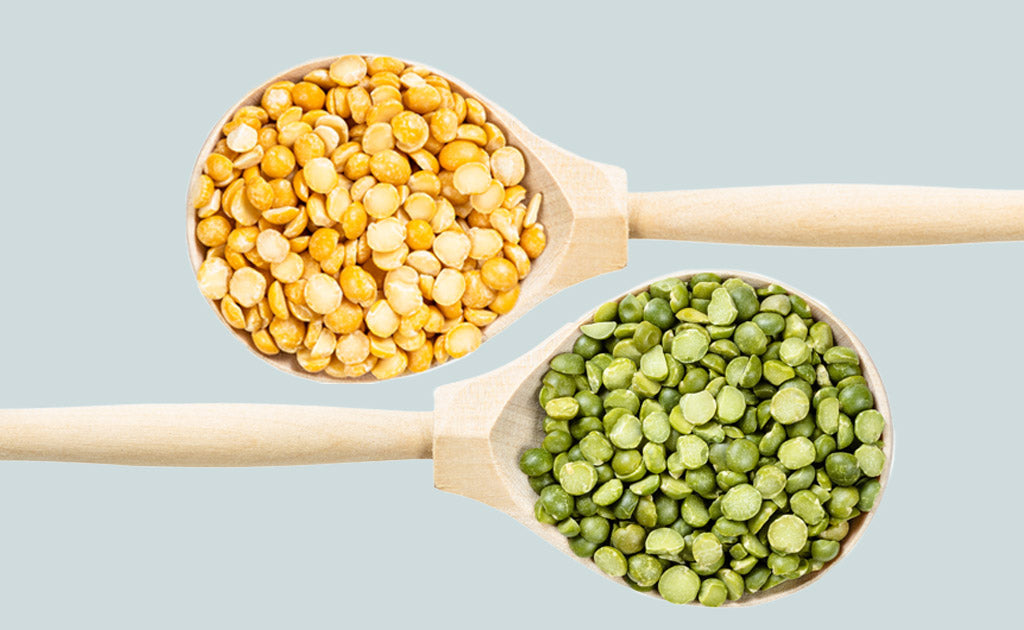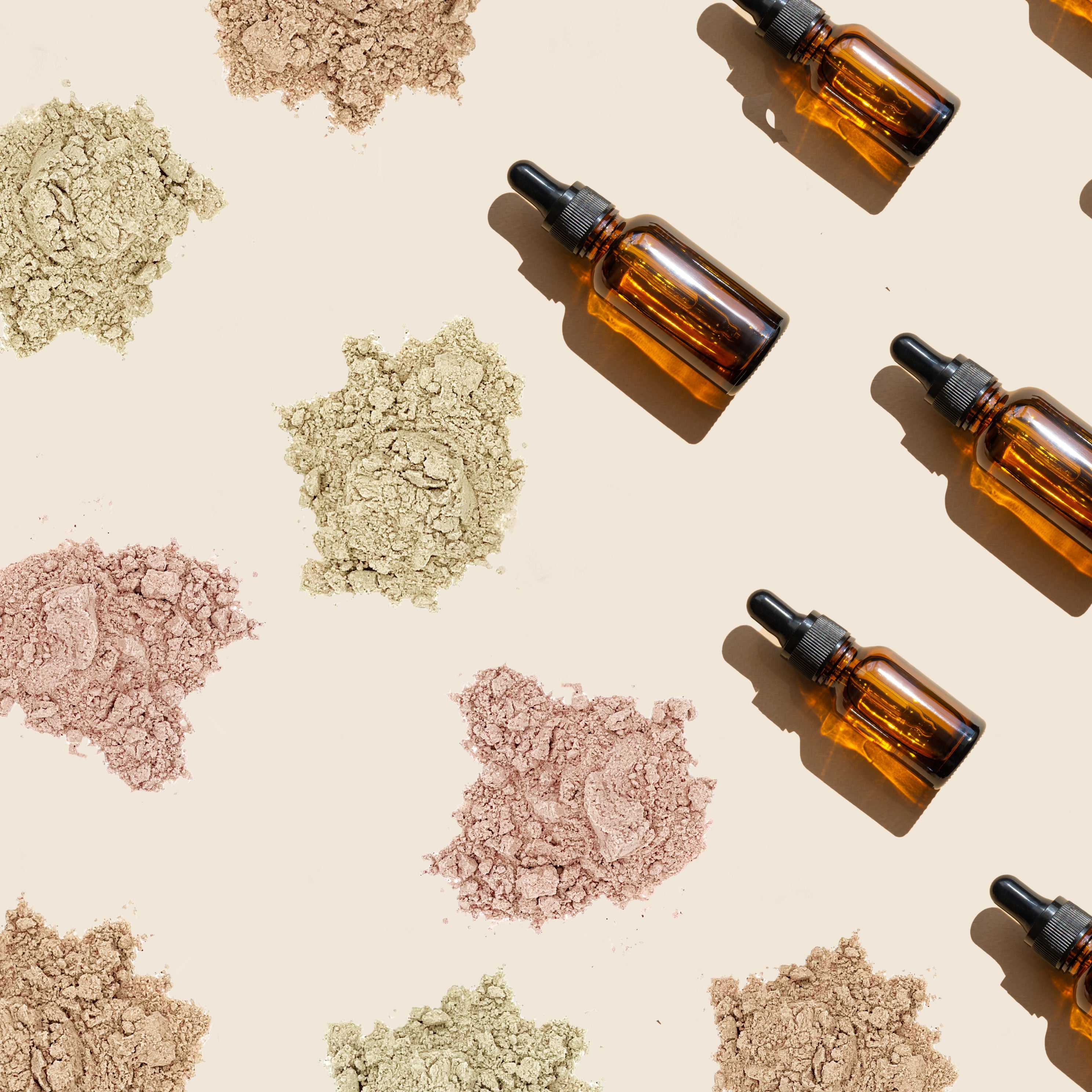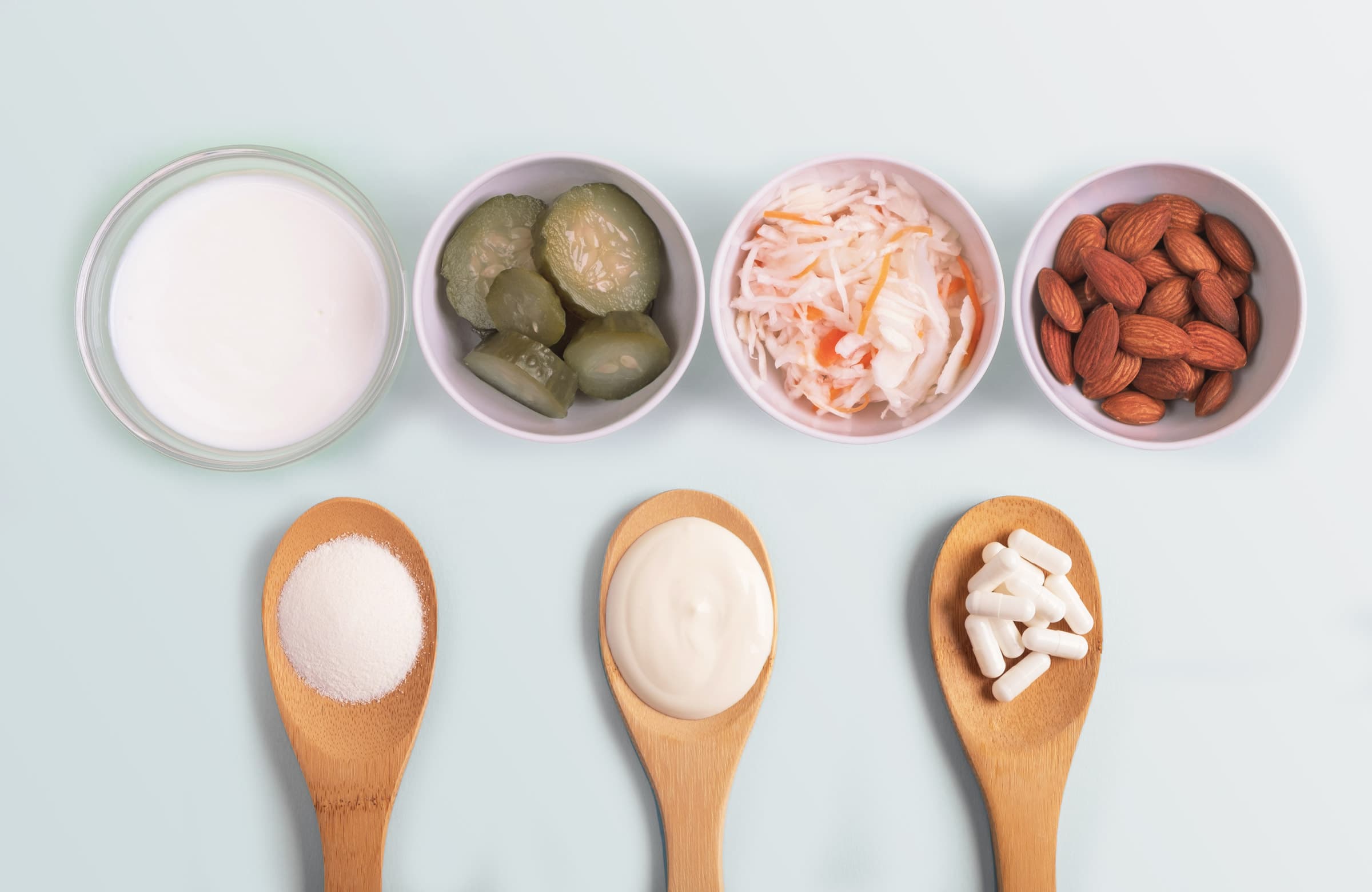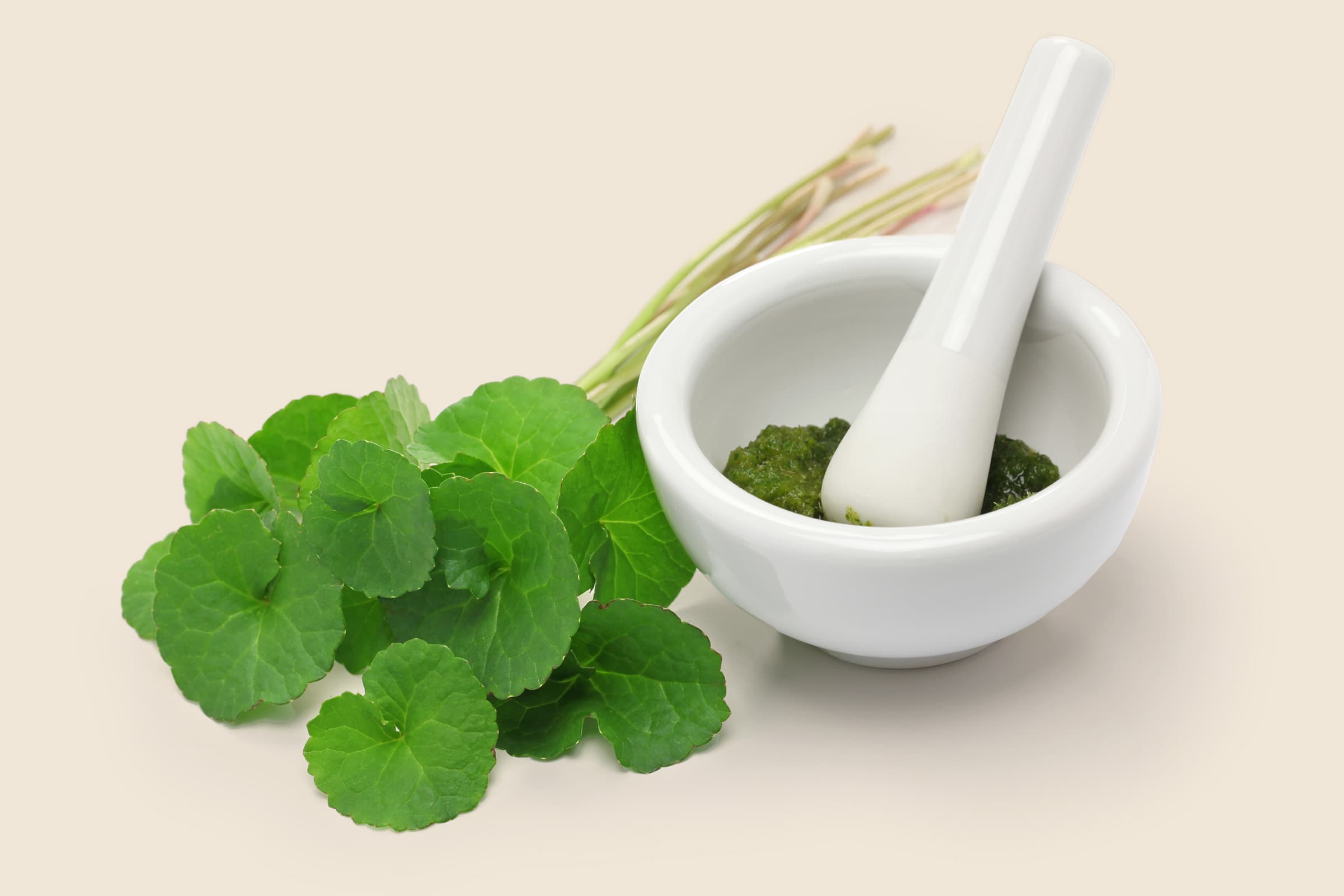Histamine: you’ve probably heard of it, especially if you suffer from allergies. But even if you don’t, they are something you should be informed about. They could be in your food, and you could be intolerant to them. But what is it exactly? And what does it do?
Technically speaking, histamine is a neurotransmitter, meaning it’s a chemical that performs important communication functions in your body. It is also involved in the regulation of stomach acid, smooth muscle contractions, and the dilation of blood vessels.
In the immune system, histamine acts as a flagging agent, alerting your body when a potential foreign matter has entered it, and signaling the body to have an inflammatory response so it can fight off anything dangerous.
This happens when allergens enter the body as well, which is probably why you’ve heard of certain “anti-histamine” allergy medications, as they block these responses.
It isn’t just formed in the immune or nervous system. Certain foods naturally contain histamine, while others release it, or block the enzymes that break it down.
Under normal circumstances, histamine is stored in the body or broken down by enzymes, namely histamine N-methyltransferase (HMT) in the central nervous system, or diamine oxidase (DOA) in the digestive tract.
Table of Contents
Histamine Intolerance
Some people may not have enough decentralized autonomous organization (DAO) to handle the histamine they consume in their diet. This leads to a condition known as histamine intolerance, which can manifest itself in not-so-pleasant symptoms such as headaches or migraines, itchy or runny nose, diarrhea, asthma, flushed skin, changes in blood pressure or heart rate, anxiety, and nausea or vomiting. Some may also get rashes or eczema, and women may experience premenstrual cramps and headaches.
If you suspect you have an intolerance, consult your Healthcare Practitioner for appropriate testing, which may include blood work and/or a specific diet.
Histamine and Diet
As mentioned above, certain foods are naturally rich in histamines. Fermented foods and beverages such as wine, beer, kombucha, sauerkraut, yogurt, and soy sauce, while beneficial for other reasons, are high in histamines, and may be an issue for those with a histamine intolerance.
Many vinegar containing foods, including pickles and olives, also rank high on the histamine-rich food list. Other culprits include cured meats such as bacon, pepperoni, and deli meats, aged cheeses, dried fruits, smoked fish, and soured dairy products.
Some produce is also high in histamines, including avocados, eggplant, spinach, citrus fruits, certain nuts, spinach and tomatoes.
Other foods that may not contain, but rather release, histamine include alcohol, bananas, strawberries, chocolate, nuts, papaya, milk, and pineapple.
A third category of potentially troublesome foods are DAO blockers; these include green tea, black tea, alcohol, and energy drinks.
While the list can seem overwhelming, many foods are low in histamine. Eggs, fresh fruits, and vegetables (minus the ones listed above), oils, meats and poultry, and gluten-free grains are all generally well tolerated.
Clean Lean Protein is also free of histamines, and offers a plant-based, gluten-free, and worry-free way to add more protein, vitamins, and minerals to the diet.
References
- http://ajcn.nutrition.org/content/85/5/1185.long
- https://www.ncbi.nlm.nih.gov/pubmed/23821960
- http://ajcn.nutrition.org/content/85/5/1185.full
- http://ajcn.nutrition.org/content/85/5/1185.full#ref-65


